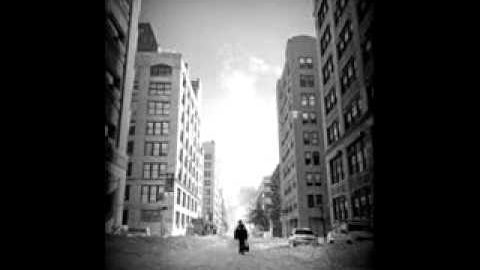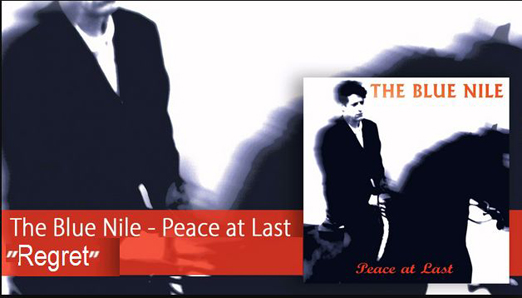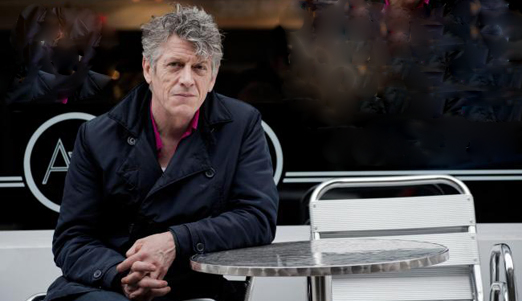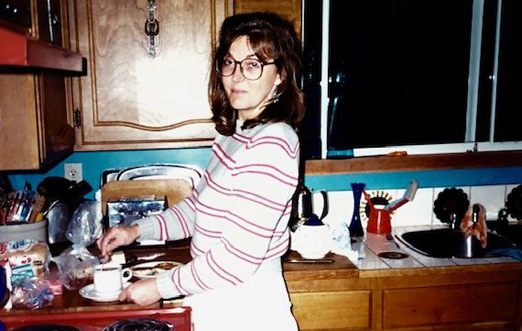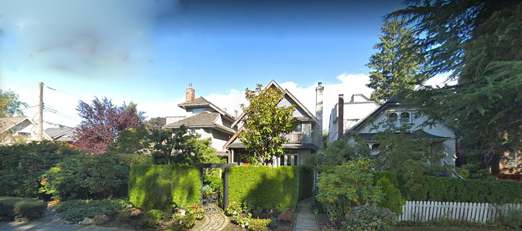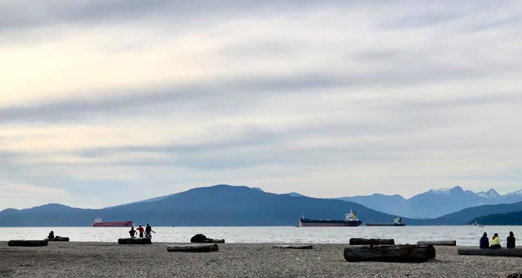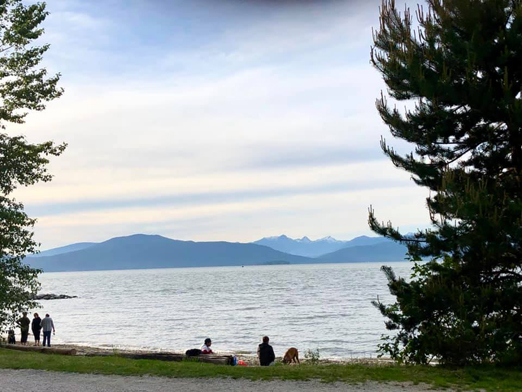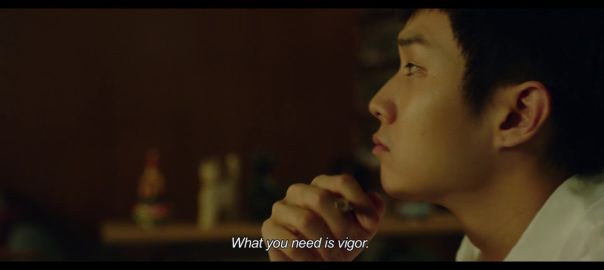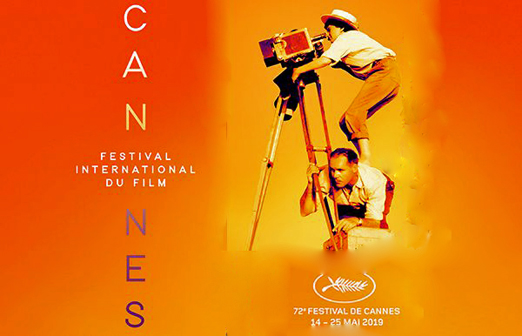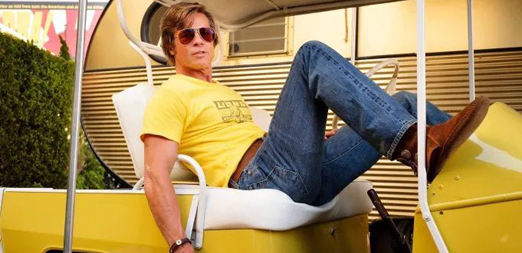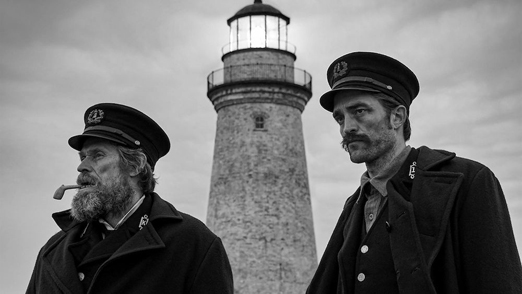
Two centuries ago, a wave of suicides swept across Europe as if the very act of suicide was somehow infectious.
Shortly before their untimely deaths, many of the suicide victims had come into contact with Johann von Goethe’s tragic tale The Sorrows of Young Werther, in which the hero, Werther, himself commits suicide. In an attempt to stem what was seen as a rising tide of imitative suicides, anxious authorities banned the book in several regions across Europe.
During the two hundred years that have followed the publication and subsequent censorship of Goethe’s novel, social scientific research has largely confirmed the thesis that affect, attitudes, beliefs and behaviour can indeed spread through populations as if they were somehow infectious.
Simple exposure sometimes appears to be a sufficient condition for social transmission to occur. This is social contagion theory; that sociocultural phenomena can spread through and leap between people like outbreaks of measles or chicken pox rather than through a process of rational choice.
The online disinhibition effect is a term used to describe the lowering of psychological restraints, a seeming inability to regulate our behaviors in an online social environment leading to reduced behavioural inhibitions online, and a negating of normative behavioural boundaries while in cyberspace, resulting in destructive interpersonal behaviors while using social media.
Welcome to the Age of Trump, the age of unreason and disinformation, of Russian bots and the spreading of racial hatred, the targeting of minority populations as “the other”, the rise of anti-Semitism, rampant cynicism, misplaced anger, isolation and the breakdown of contemporary society.
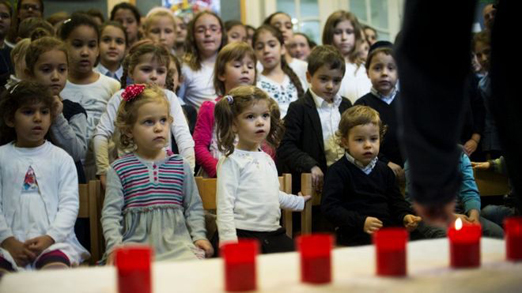 Germany to fight anti-Semitism. Children learn about Holocaust at Berlin Jewish school.
Germany to fight anti-Semitism. Children learn about Holocaust at Berlin Jewish school.
On Saturday, May 25th, Felix Klein, the German government’s anti-Semitism commissioner, told the Funke media group …
“I cannot advise Jews to wear the kippah everywhere in Germany. Jews should think twice before wearing the traditional kippah skullcap in public arising from a recent and sustained rise in attacks against Jews.
Anti-Semitism has always existed in Germany, but in this new era of social dysfunction, brought on in some measure by the odious conduct of the U.S. President, anti-Semitism is now showing its ugly face more openly.
There is no question that the rise in social disinhibition and coarseness has played a role in the worsening situation we’re currently experiencing in Europe. The internet and social media have also strongly contributed to this — and also to the continuous attacks on our culture of remembrance.
The word Jew as an insult was not common in my time when I went to school. Now, in the early part of the 21st century, it is and it’s even an insult at schools where there are no Jews, where there are no Jewish students. So that is a growing concern and of course we have to develop strategies to counter that, in Germany and across Europe.”
Toxic disinhibition, an empathy deficit, the absence of restraint — and online, anonymity, invisibility and intermittent, unfledged asynchronous communication are far from benign in their impacts, not only on social discourse, but at the ballot box and in each and every one of our lives, where increasingly otherwise good people live without conscience, informed social awareness, and their role in the social collective we call Canada.
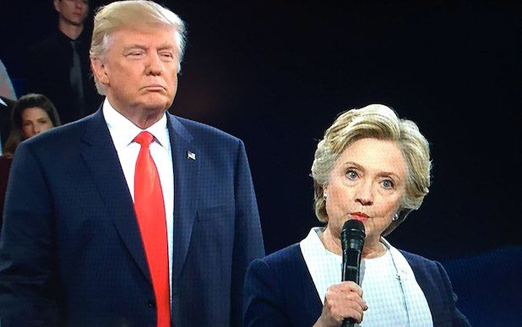
The 2016 American election was one of the ugliest elections in the history of the United States. Hillary Clinton was continually subject to unwarranted attacks, and daily demonized online. Not a day went by in the lead up to the November 8, 2016 U.S. election when I didn’t find myself outraged at the “sharing” — by a broad range of people on the left with whom I had worked over many years — of Russian bot disinformation, and misogynist commentary about the “war-mongering” U.S. Senator & Secretary of State.
Speaking at a Liberal fundraiser in Toronto last October, Prime Minister Justin Trudeau told those who were gathered at the Danforth Music Hall the upcoming federal election would be the ugliest election in Canadian history.
“We are now looking at perhaps what will be the most divisive and negative and nasty political campaign in Canada’s history,” Trudeau said. “I can tell you, we will do the same thing we did in 2015: No personal attacks, strong differentiation on issues of policy. I will not engage in personal attacks and none of our team will either.
A positive, compelling message that brings people together, that refuses the politics of personal attacks, that refuses the politics of division of scare tactics — whether it’s snitch lines or hijab attacks — that kind of approach that Stephen Harper tried does not work.
Once you’ve gone and divided and angered people in order to get elected it becomes very difficult afterward to pull them together in a way that actually allows us to solve the challenges that we need to solve. To run on division and fear and easy populism makes it harder to do the good things that must be the central purpose of why we run for office.”
Make no mistake, with $65 million in corporate funds already in the kitty for the federal Conservative party to wage their 2019 electoral campaign, with a lesser $41 million available to the Trudeau Liberals, and a paltry $5 million and $3 million, respectively, for Jagmeet Singh’s New Democratic Party of Canada and Elizabeth May’s Green Party of Canada, Andrew Scheer’s far right-of-centre social Conservative party is ready to wage that nasty, ugly campaign Justin Trudeau has talked about to crowds across Canada who have gathered to hear our Prime Minister.
Fight to Defeat Coarseness, Social Contagion, Disinhibition & Isolation
As Canadians, we can do our part by keeping our online discourse respectful, sticking to the facts, not sharing or retweeting the disinformation that will surely be provided by the Russian bots invading our social media, by joining the Greens, the New Democrats or the federal Liberal party, to donate time and money, to work on the campaigns of the socially progressive candidates we support, to staff the candidates’ offices, to go door knocking, gather with others in burmashaves in neighbourhoods, across our city and in Metro Vancouver — and make a difference, fight for inclusion & have a positive impact on the outcome of the election, in order that diversity, climate action, transit, infrastructure, affordable housing, continued subsidy funding of housing co-ops, preservation of our coasts, and preservation of the Canada Child Benefit introduced by the Trudeau government in 2016 that has served to reduce child poverty in Canada by 40%, or 300,000 children, since its introduction only three short years ago, will remain atop the political agenda in Canadian federal governance.

